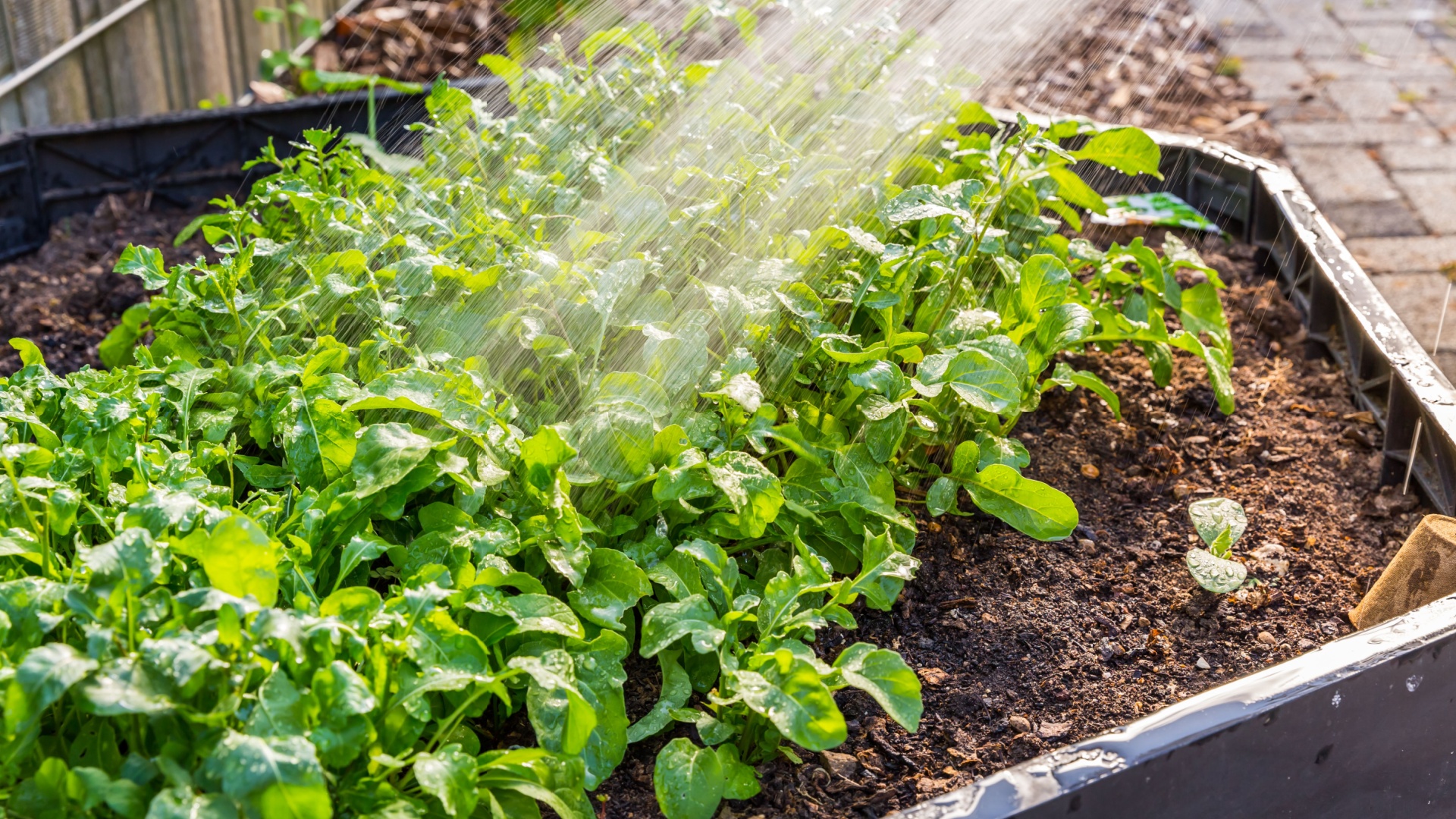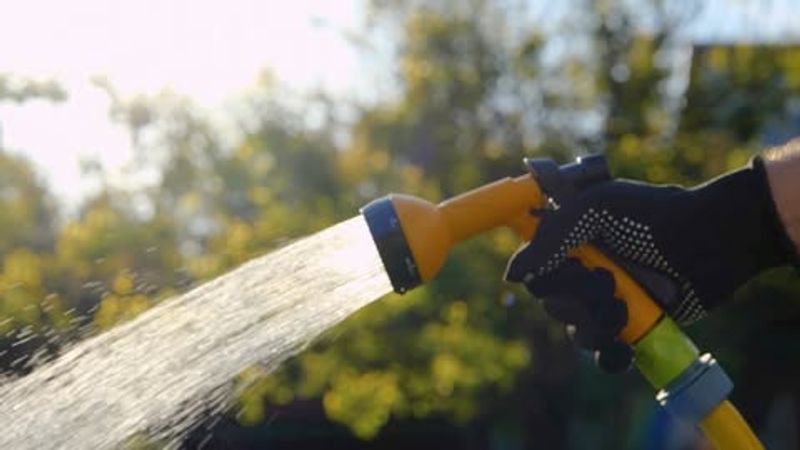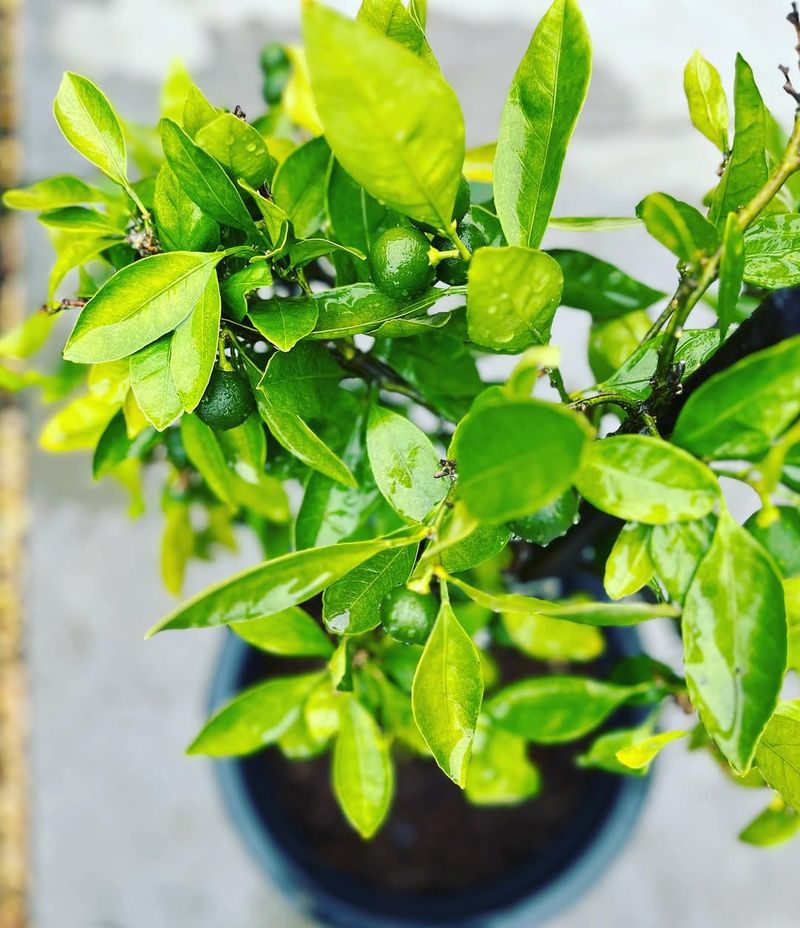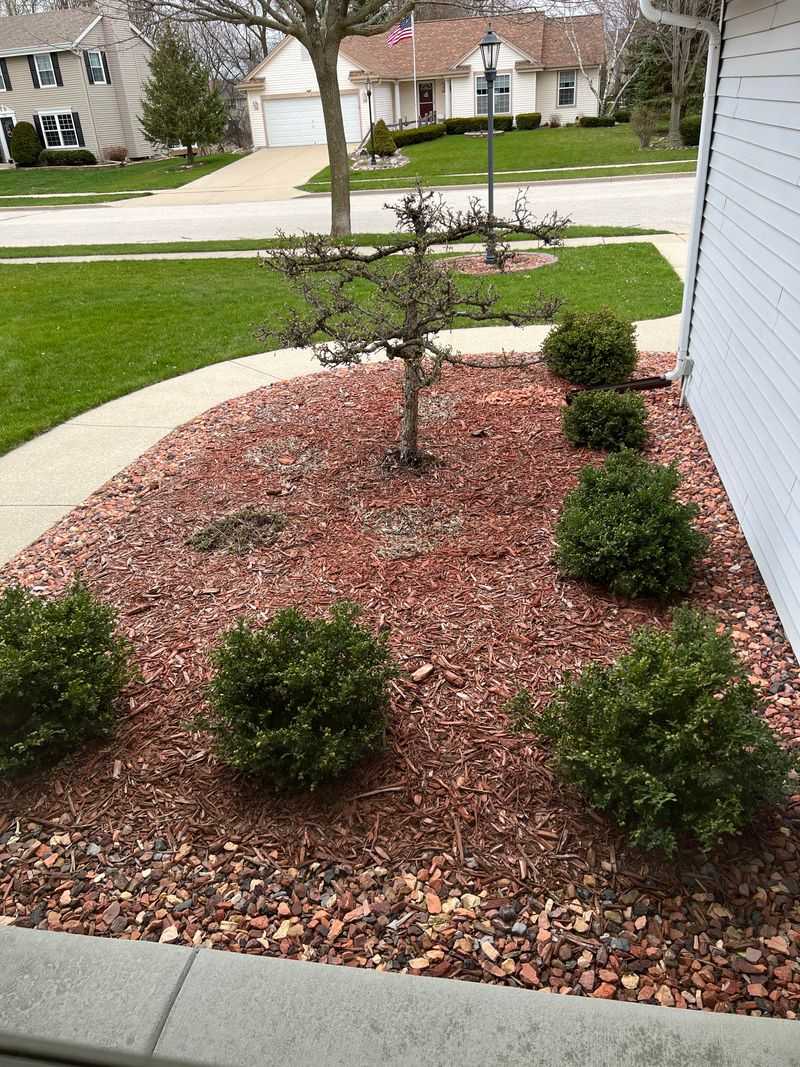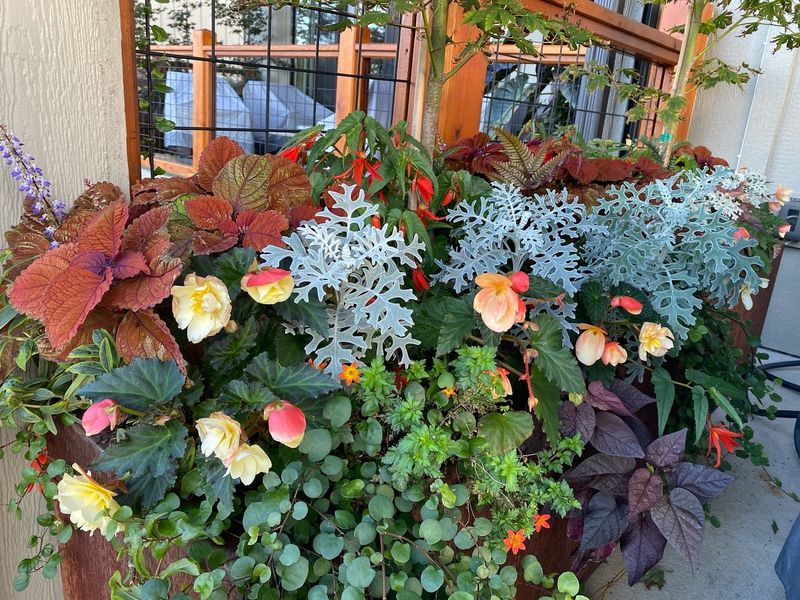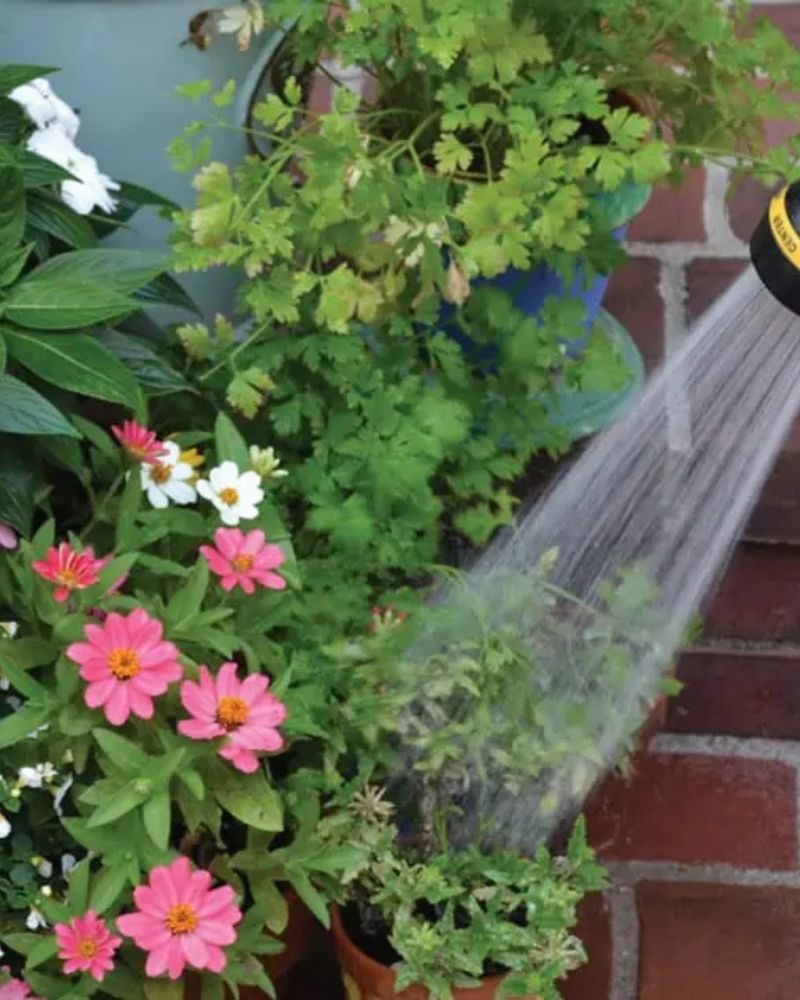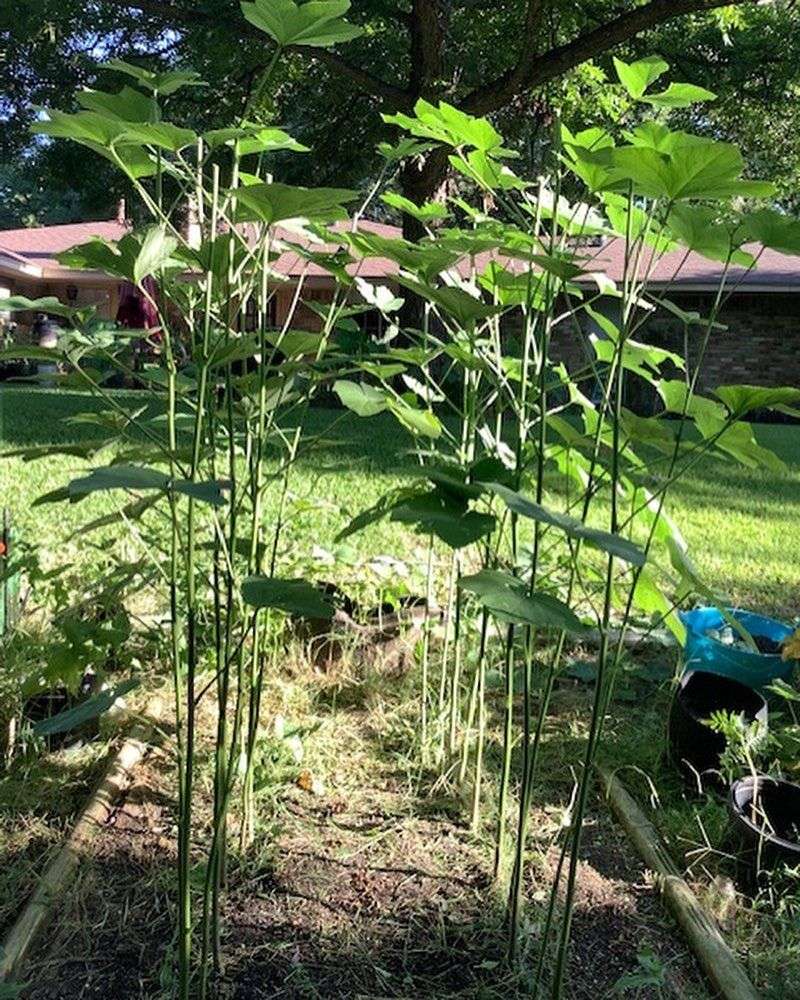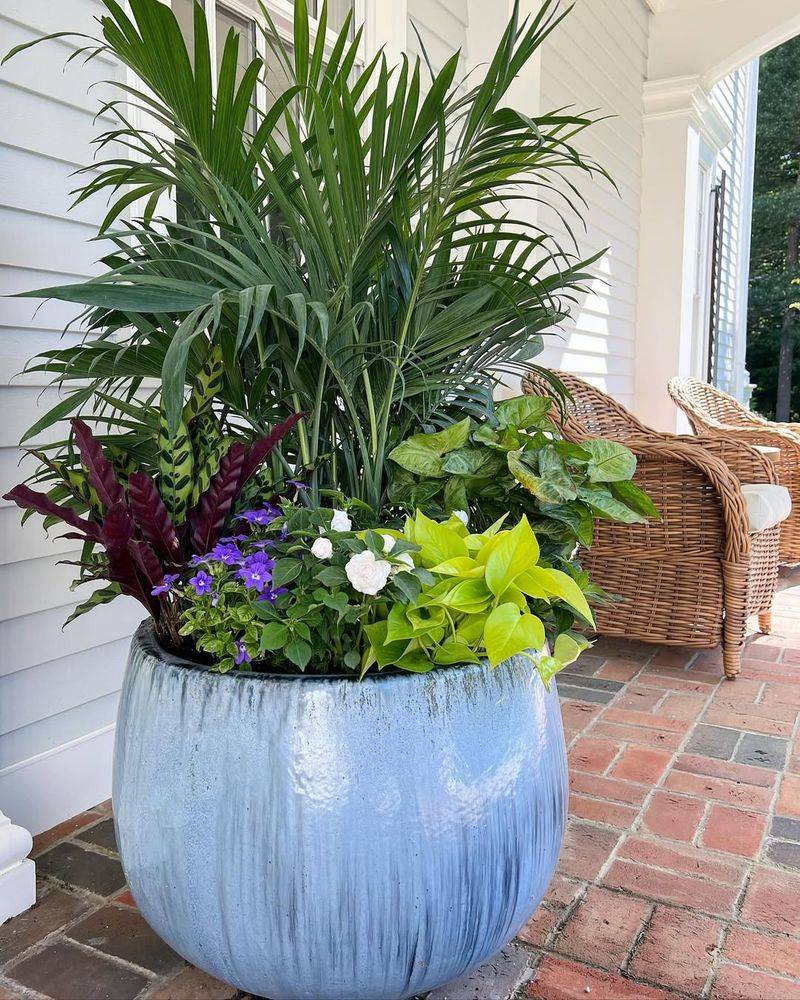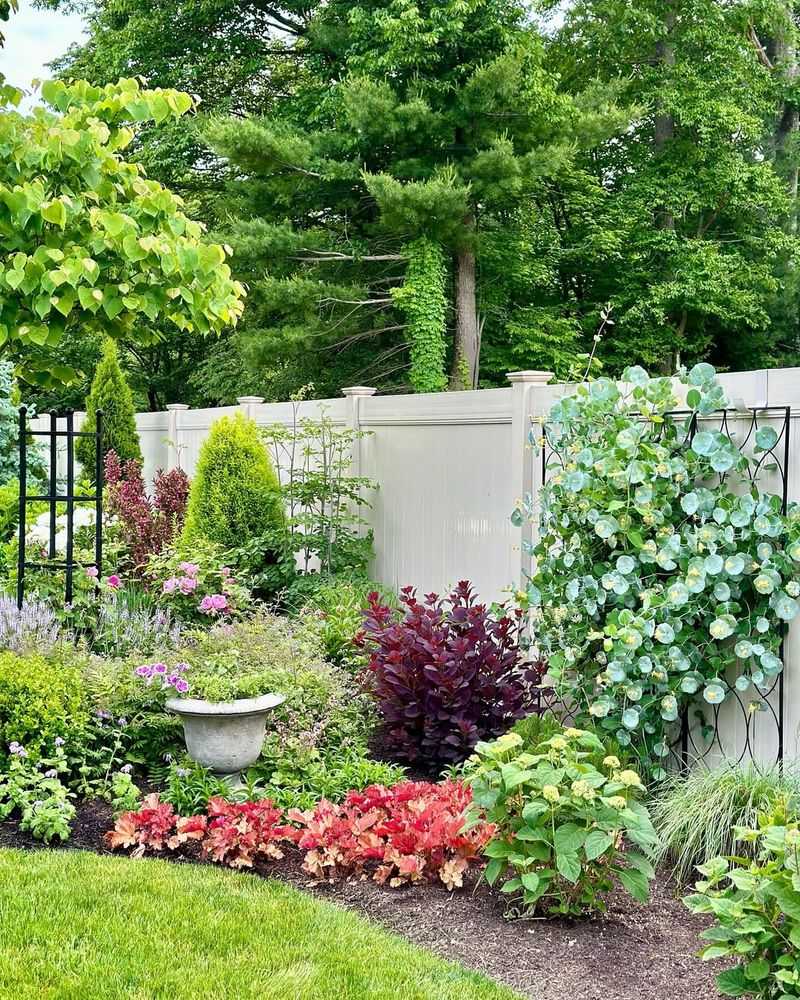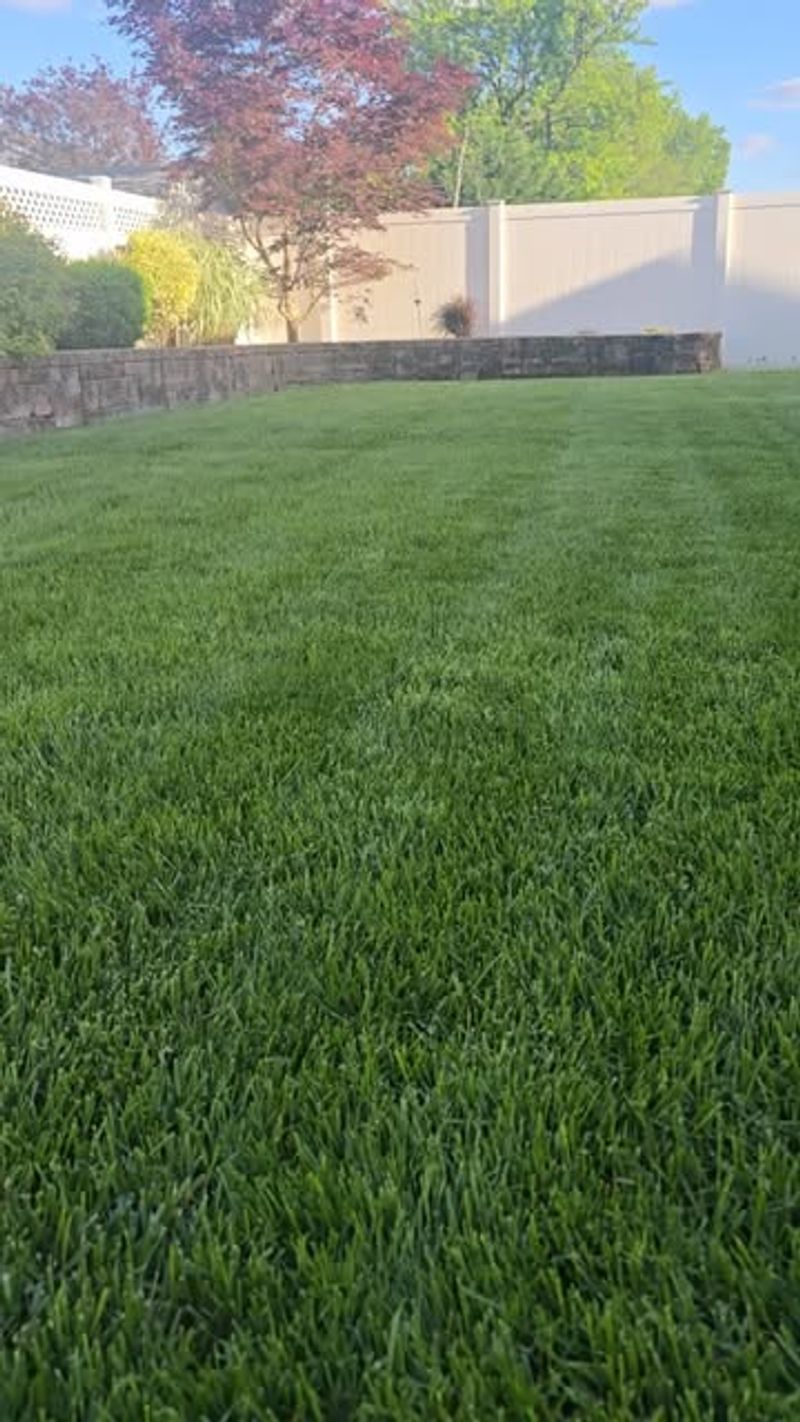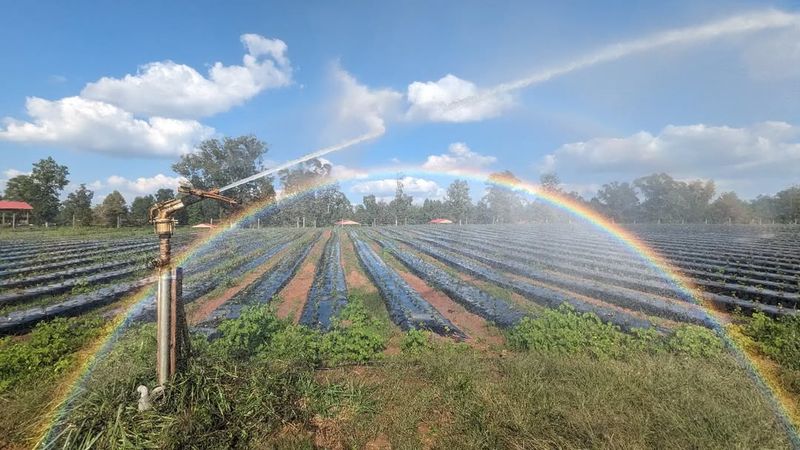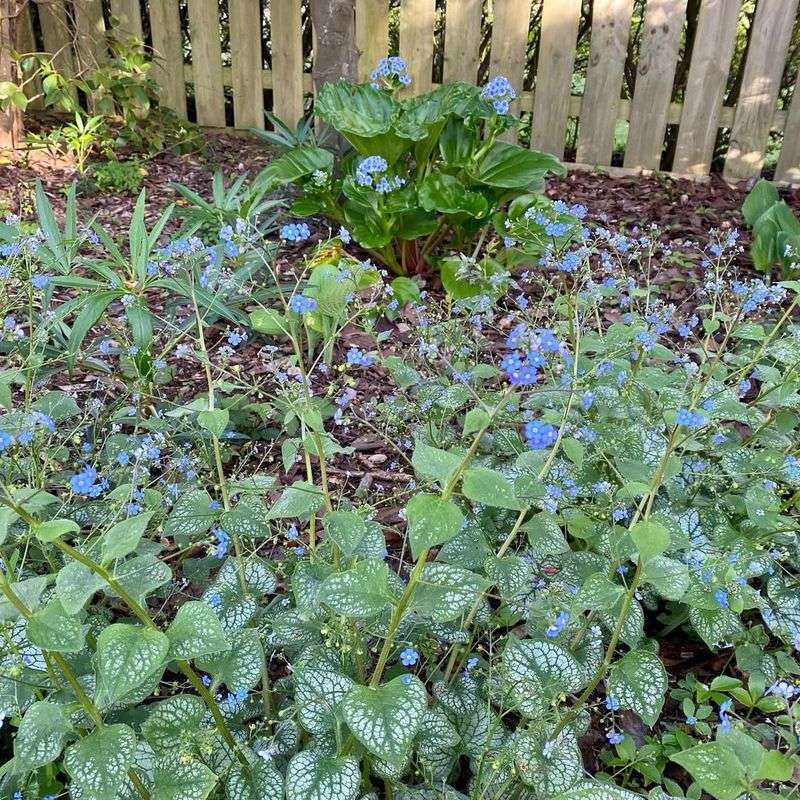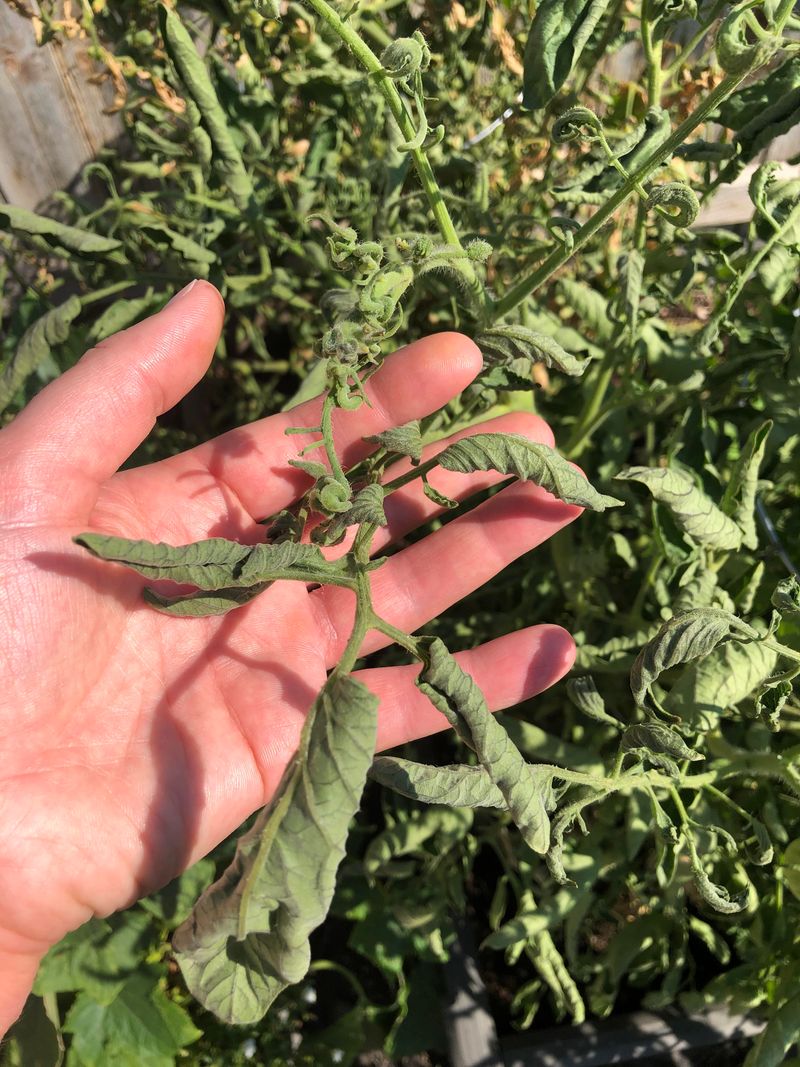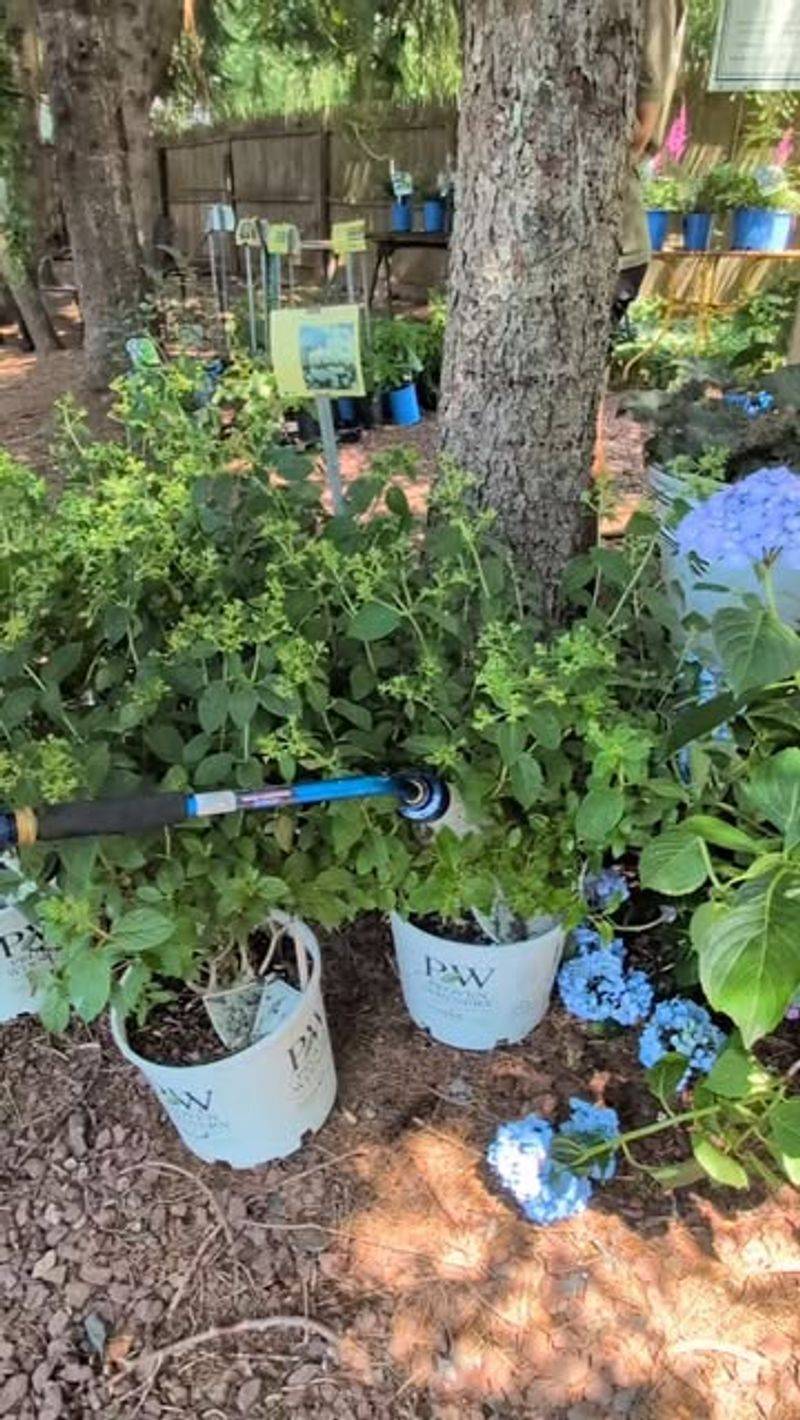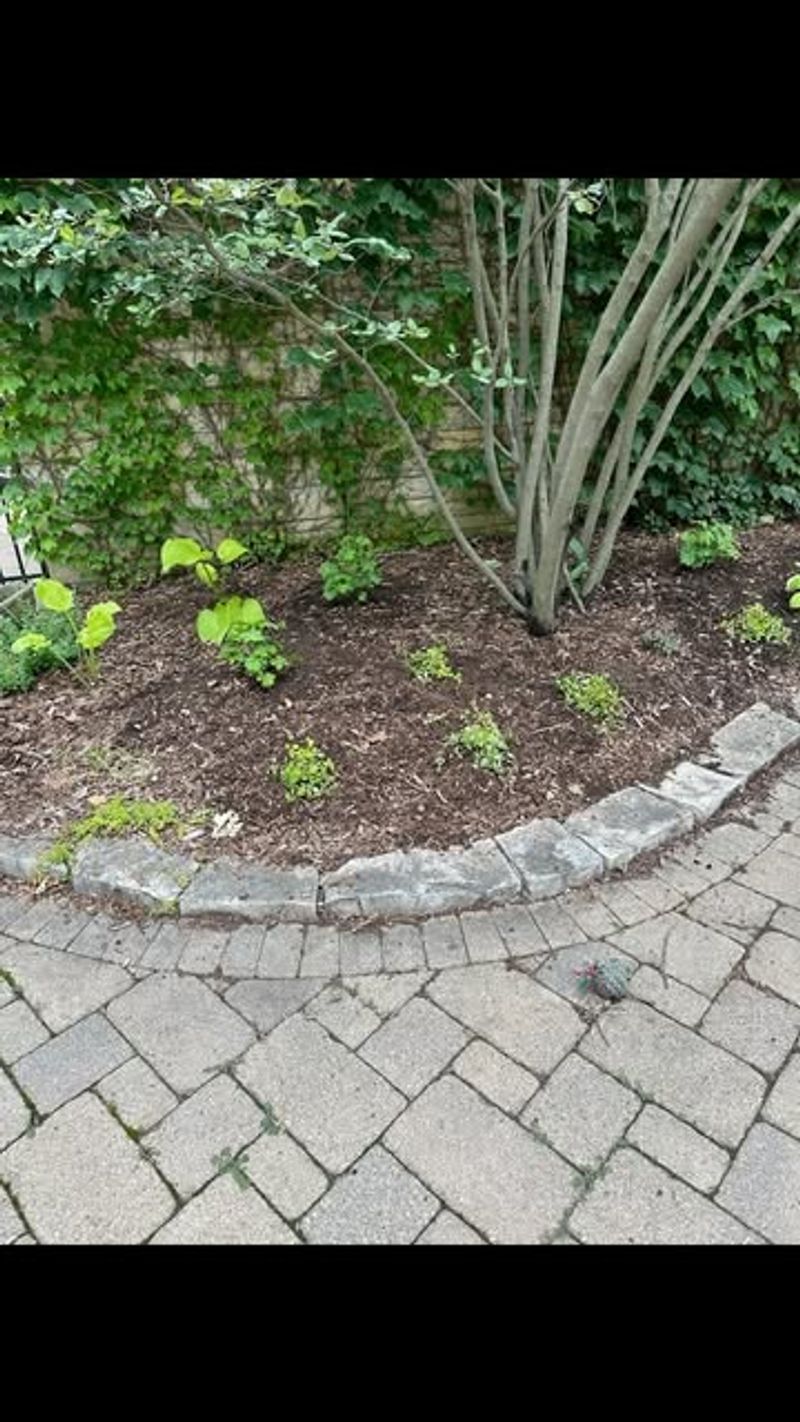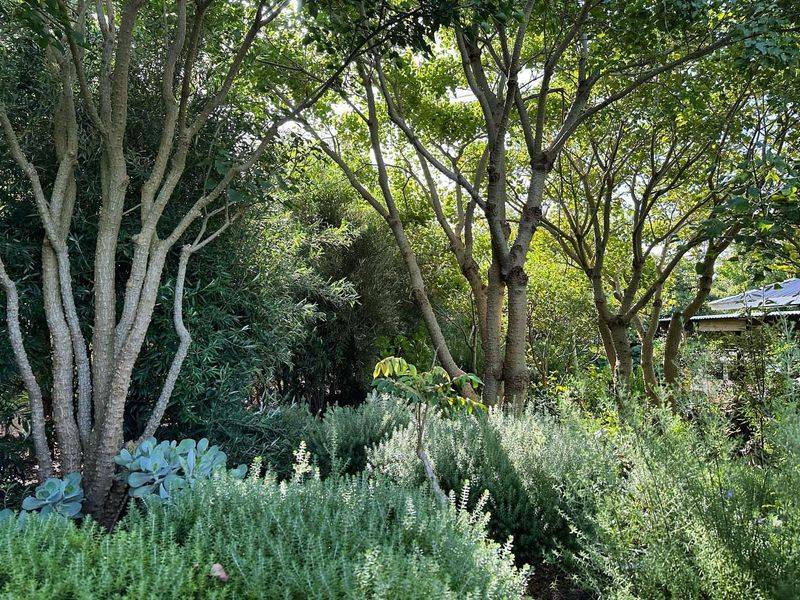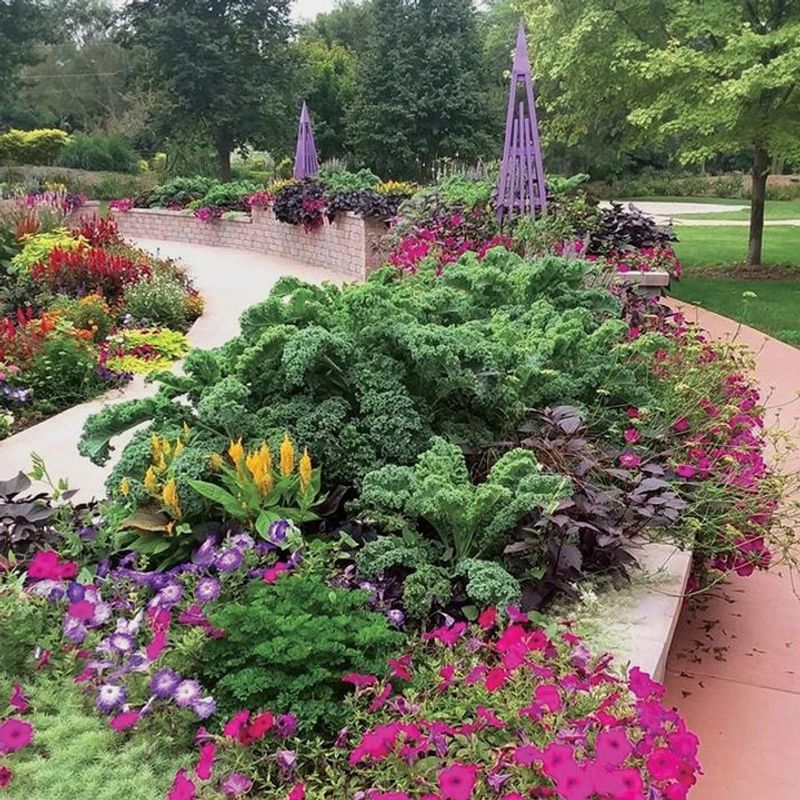Blazing sun, cracked soil, and wilted leaves—summer can be brutal on your plants. And while you’re trying to help, some of your usual habits might actually be doing more harm than good. Overwatering, mistiming, or even choosing the wrong spot can quickly turn your garden into a heatwave disaster zone.
Here are 16 common mistakes you might be making with your outdoor plants—and exactly how to fix them before it’s too late.
1. Watering at the Wrong Time
Early morning is the golden hour for plant hydration. Watering during midday means much of that precious moisture evaporates before roots can absorb it.
Evening watering might seem smart, but wet foliage overnight creates the perfect breeding ground for fungal diseases. Set your alarm earlier and give plants their drink when the sun is still low – they’ll thank you with stronger growth and resilience.
2. Shallow Watering Habits
Light sprinkles might feel like you’re helping, but they’re actually training your plants to develop weak, surface-level root systems. Deep watering encourages roots to grow downward, accessing moisture reserves during heat stress.
Water slowly and thoroughly until moisture penetrates 6-8 inches down. For established plants, this might mean letting the hose trickle at the base for several minutes per plant rather than a quick spray across the garden.
3. Forgetting to Mulch
Bare soil is your garden’s enemy during a heatwave. Without mulch, soil temperatures can rise dramatically, cooking delicate roots and accelerating moisture loss.
A 2-3 inch layer of organic mulch works like a protective blanket, keeping soil cooler and locking in moisture. Wood chips, straw, or shredded leaves create a buffer zone between harsh sun and your plant’s root systems, reducing watering needs by up to 30%.
4. Ignoring Container Plants
Potted plants suffer first in heatwaves! Their limited soil volume heats up faster and dries out quicker than garden beds. Container plants might need watering twice daily during extreme heat.
Consider grouping pots together to create humidity zones and shade each other. Moving containers to morning-sun-only locations during heatwaves can prevent the afternoon cooking effect that damages roots and leaves.
5. Over-Fertilizing During Heat
Reaching for fertilizer when plants look stressed during a heatwave can backfire terribly. Fertilizers stimulate growth, forcing plants to use energy they need for heat survival.
Chemical fertilizers can actually burn roots in hot conditions when soil moisture is low. Hold off on feeding until temperatures normalize, and when you do resume, use half-strength applications until plants fully recover from heat stress.
6. Pruning During Peak Heat
Snipping away at your plants during a heatwave creates open wounds that struggle to heal in extreme temperatures. Each cut stresses the plant when it’s already fighting to survive.
Pruning also stimulates new growth – tender shoots that will likely wither in the heat. Save your pruning tasks for cooler days, ideally in early morning or evening when plants are less stressed and have time to recover before facing intense sun.
7. Forgetting to Provide Shade
Even sun-loving plants appreciate some relief during extreme heat events. Temporary shade can mean the difference between survival and crispy plants.
Garden shade cloth, old bed sheets, or even patio umbrellas can provide crucial protection during the hottest hours (typically 10am-4pm). Focus on shading the most vulnerable plants – new transplants, leafy vegetables, and anything showing signs of heat stress with wilting or browning edges.
8. Planting New Additions
That sale at the garden center might be tempting, but mid-heatwave is the worst possible time to add new plants to your garden. Transplant shock combined with heat stress creates a deadly combination.
New plants have undeveloped root systems that can’t access enough water to offset transpiration losses in high heat. If you absolutely must plant during hot weather, do it in the evening, provide shade for several days, and water religiously morning and evening.
9. Mowing Grass Too Short
Scalping your lawn during hot weather is a fast track to brown patches and weed invasion. Taller grass shades soil, keeping roots cooler and reducing evaporation.
Raise your mower blade to 3-4 inches during summer heat. The higher cut allows grass to develop deeper roots that can reach moisture further down in the soil profile. As a bonus, taller grass naturally outcompetes many weeds that require more sunlight to germinate.
10. Using Overhead Sprinklers
Those oscillating sprinklers might look impressive shooting water across your garden, but they’re horribly inefficient during hot weather. Up to 50% of water can evaporate before reaching plant roots!
Water droplets on leaves act like tiny magnifying glasses, intensifying sunlight and potentially scorching foliage. Switch to soaker hoses or drip irrigation that delivers water directly to the soil where roots can access it, without wetting foliage.
11. Forgetting About Wind Protection
Hot winds are double trouble for plants, accelerating moisture loss through leaves while drying out soil faster. Wind can cause more damage than heat alone during summer dry spells.
Create windbreaks using temporary screens, burlap barriers, or even strategically placed patio furniture. Pay special attention to protecting plants with large leaves that lose moisture quickly in windy conditions – they’ll show heat stress first when hot breezes blow.
12. Ignoring Signs of Heat Stress
Plants send clear distress signals when overheating, but many gardeners miss these early warnings. Wilting even when soil is moist, curling or folding leaves, and bleached or yellowing patches are all cries for help.
Monitor plants daily during heatwaves, checking in morning and evening. Early intervention with shade, extra water, or misting can prevent minor stress from becoming permanent damage. Remember that some wilting during peak heat is normal – check plants in early morning to assess true condition.
13. Watering Indiscriminately
Not all plants have identical water needs during hot weather. Treating your whole garden the same way wastes water and can harm drought-tolerant species.
Group plants with similar moisture requirements together to simplify watering routines. Native plants and established perennials often need less frequent watering than annuals or vegetables. Check soil moisture with your finger before watering – if it’s still damp 2 inches down, most plants can wait another day.
14. Compacting Soil Around Plants
Walking around plants during garden maintenance compresses soil, reducing oxygen and making it harder for water to penetrate to root zones. Compacted soil heats up faster and retains less moisture during heatwaves.
Create stepping stones or designated paths to avoid trampling around plants. For already compacted areas, gently loosen the top inch of soil with a hand cultivator, being careful not to disturb roots, then apply mulch to protect the improved soil structure.
15. Neglecting Water Collection
Letting precious rainwater run off your property before a heatwave strikes means missing free irrigation when you’ll need it most. A single rain barrel can collect hundreds of gallons annually.
Beyond barrels, consider simple swales (shallow ditches) that slow water flow across your property, allowing more to soak in. Even strategically placed rocks can direct rainfall toward thirsty plants rather than letting it run down driveways or pathways.
16. Forgetting Self-Care While Gardening
Rushing outside to save plants without protecting yourself can lead to heat exhaustion or worse. Dehydrated, overheated gardeners make poor decisions about plant care.
Garden during cooler hours – early morning or evening. Wear lightweight, light-colored clothing and a wide-brimmed hat. Keep water nearby and take frequent breaks in shade. Your plants benefit most when you’re alert and thinking clearly about their needs rather than rushing through tasks while overheated.

